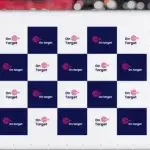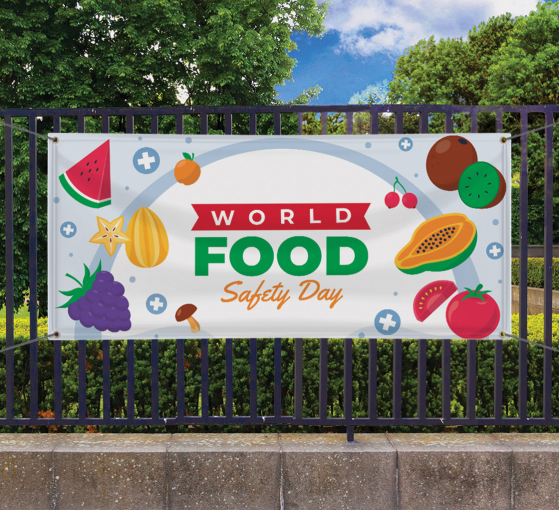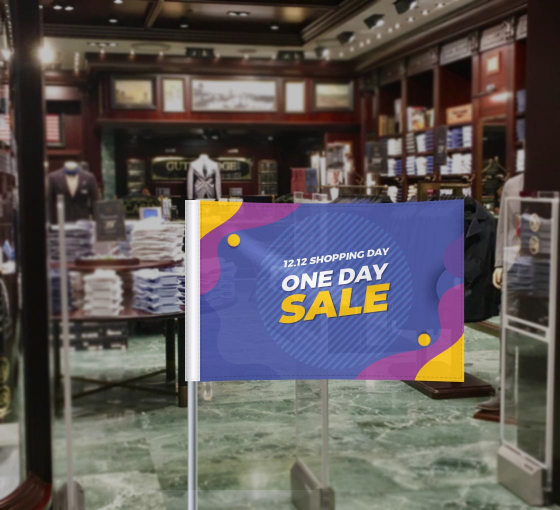As technology advances and customer needs seem to evolve daily, businesses must remain nimble to adapt quickly or get left behind. Offering a streamlined shopping experience makes adjusting easy and gives customers what they want: quick, uncomplicated searching and purchasing.
Part of this puzzle is online shopping. Every year it garners a greater share of purchases. With that in mind, implementing well-devised multi-channel strategies has become more crucial than ever – especially during the holiday season.
Take to Social to Spread Cheer

Living in a constantly growing digital world has taught us that social media has become an extremely potent tool to market your brand and reach a broader audience. The popularity and pervasiveness of social media has made reaching your target audience more varied and strategic than ever. Platforms like Instagram, Facebook, Twitter, and even LinkedIn are ideal for pitching your brand to your (potential) customers.
The fundamental goal of using social media is to engage larger swaths of your target audience. By strategically creating content and ads that guide relevant buyers into your sales funnel you can provide them with buying options as well as reasons to count on brand. This type of marketing delivers measurable results in brand exposure and higher customer retention rates.
Three Wise Ways To Approach Online Advertising
Social media marketing is only the beginning. Or shall we say, one piece of the puzzle. Every business should, first and foremost, have a website.
Website Creation: Your brand might be selling the best product in the business, but if you do not have a decent website so you can sell both offline and online, you lose out on a massive number of customers who may not be able to visit your brick and mortar location.
With more people choosing to shop online, browsing for products often takes place on the web rather than a store location. Therefore, you must also link your store with your website to deliver consistent messaging. From outdoor banners to online banners, from store signage to landing pages, all advertisement campaigns should be included on your website as well so users can learn more about your offering and easily complete their purchase.
Influencer Marketing: A whopping 75% of marketers use influencer marketing to boost brand awareness. Why? Because online users often follow several influencers often on different social media platforms. Some of the most lucrative methods influencer marketing uses are blogger reviews, endorsements for trusted brands, and social media posts.
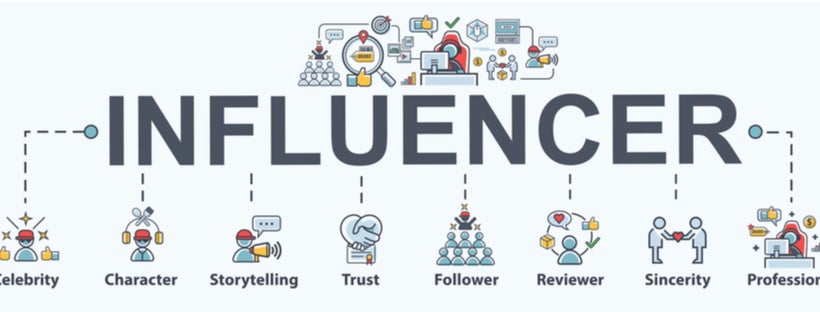
SEO: Your primary marketing goal should be to make people aware of your products or services. Search engines have a set of criteria that they use to rank websites online that you can tap into using SEO (Search Engine Optimization).
Terms such as metadata, backlinks, and longtail keywords are just a few in the lexicon of SEO experts, all of which are geared toward one goal: helping current and future customers find your service or product.
Dazzling In-Store Displays
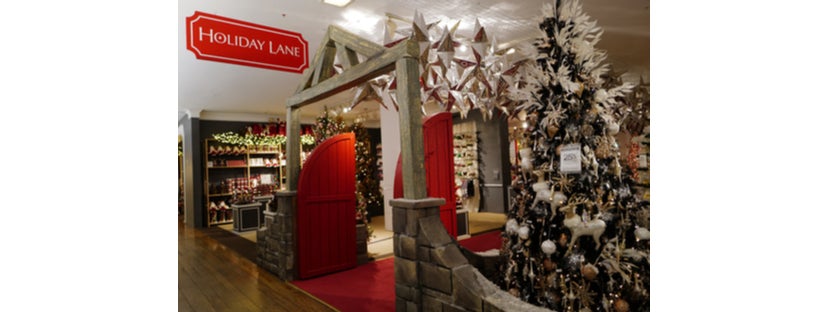
Retail store displays comprise the entire inventory of in-store items. Displays can be as simple as the aisles of shelves filled with goods, but can also include the use of mannequins, racks in front of the checkout counter, end caps, glass coolers to display cold drinks – the list is endless. You can even use pop-up displays for seasonal or holiday displays as they are portable and can be easily assembled.
Window displays and decals have become an iconic fixture in retail spaces. It allows customers to see your displays even if they are not in your store. A catchy or visually appealing store display invites customers in to inspect, try on, and explore the newest products in the store. A dazzling retail store display can even act as a stationary salesperson that can help convert onlookers into customers.
The Customer Experience
Delivering an impressive customer experience results not only in customer procurement and retention but also substantial word-of-mouth recommendations and social sharing. They also help develop personalized relationships. Dynamic advertising tools such as signs, promotional giveaways, and custom banners help enhance that customer experience as well as entice onlookers to enter.
According to a Price Waterhouse Cooper survey, 73% of buyers ranked retail customer experience over price or product quality. The respondents also considered the positive customer experience more influential than marketing. About 40% of customers were even open to paying more if it meant increasing the friendliness and welcoming nature of the retail staff.
An efficient customer experience strategy grows customer loyalty, helps brands acquire better online reviews, higher NPS scores, and consequently, delivers a sales boost and greater employee engagement.
Packaging Pointers

Entrepreneurs, small business and even enterprise level companies that sell packaged physical products often succeed primarily based on consumer judgement of the attractiveness of packaging. There are several factors to consider when designing product packaging:
Add A Touch of Creativity: When designing your product packaging, you must create something that immediately catches the buyers’ attention. You can work on small factors such as shape and color or larger factors such as visibility of the product within the packaging.
Enlist Product Information: One of the quickest ways to gain attention is to list essential product information on your packaging. If you are selling something unique, be sure to add it under the product information section.
Attractive Packaging Sells Faster Online: Unlike in retail, consumers cannot have physical contact with your product, which is why your packaging must look vibrant. Eye-catching packaging with an average product typically sells better than a great product with shabby packaging.
Include your Company’s Values: If you use biodegradable packaging or have a minimal carbon footprint due to eco-friendly means of operation, ensure that your consumers know this through your packaging. Include your company’s beliefs and morals into the packaging design to reflect decent ethics.
Humanizing your Brand: Post pictures of your staff dressing up for Halloween or Christmas on social media platforms to add a human touch to your brand. People feel more open to brands that interact with the people and are transparent about their work environment.
Create Christmas Content: Add seasonal greetings and festive touches to your website related to all holidays – but Christmas in particular. Decorate your retail store with Christmas goodies, jingle bells, or a small Christmas tree to create a holiday vibe.
Hand Out Gift Vouchers: When interacting with your customers, offer them gift vouchers. People indulge in impulsive shopping during the holiday season as they shop for gifts. A gift voucher is one of the most effective ways to convert mere onlookers into buyers.

Final Words
Regardless of the season, it is imperative to adhere to a few critical marketing fundamentals to fully tap into each marketing campaign’s potential. Ensure message continuity across all platforms to reinforce your offering to the people.
Since most people make a multitude of purchases during the holidays, as a business owner, you must ensure that you reach out to your target audience and beyond. The odds of acquiring new customers during the holidays are at their peak, which is why you must follow this detailed guide throughout this holiday season.








































 Posted in
Posted in 
